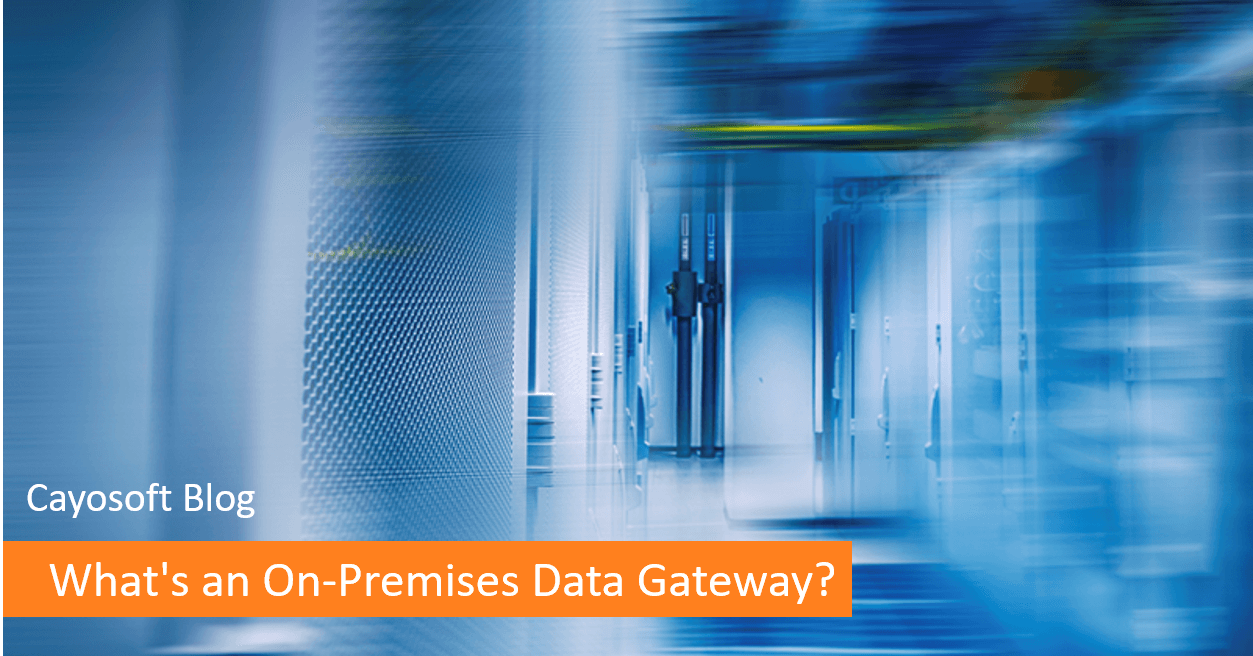 Right Out of the Gate –
Right Out of the Gate –
Shane Young at Petri recently brought up the existence of Microsoft’s on-premises data gateway, an oft-forgotten but handy tool for hybrid data management. Today in Hybrid Tips & Tricks, we’ll be discussing this easy-to-set-up, (almost) free Microsoft tool.
The on-premises data gateway is a pipeline from on-premises data stores to cloud stores, apps, or servers. Automatic data transfers mean that cloud and on-premises versions of, say, Sharepoint can be managed in one place. On a small scale and for very specific services, it’s the hybrid dream.
As Shane points out, despite its appearance on a variety of product websites there’s only one actual data gateway that handles all the associated cloud services. Installing it once on-premises connects on-premises data to cloud services like PowerApps, Power BI, Azure Analysis Services, Azure Data Factory, Microsoft Flow, and Azure Logic Apps (links go to each product’s individual data gateway pages).
Additionally, security considerations are also already incorporated for data gateway traffic. All traffic is encrypted and secured, then transferred via the Azure Service Bus. For a more in-depth discussion on how the data gateway works, check out this doc.
For most users (Shane’s article discusses the few exceptions), the data gateway doesn’t require any licenses to use. Unfortunately, the Azure Service Bus—the intermediary between the cloud and on-premises ends of the gateway—does require a subscription. If you’re already using the Bus, however, this will just give you more bang for your buck.
If it sounds like the on-premises data gateway might help your hybrid environment, check out the post from Shane Young (@ShanesCows) for more data gateway enthusiasm. And if you’re in the mood for increasing hybrid efficiency through easy-to-use tools, don’t forget to check out Cayosoft Administrator.
If you want to receive more Tech Tips and industry news, follow us on Facebook, Twitter (@Cayosoft) and LinkedIn.